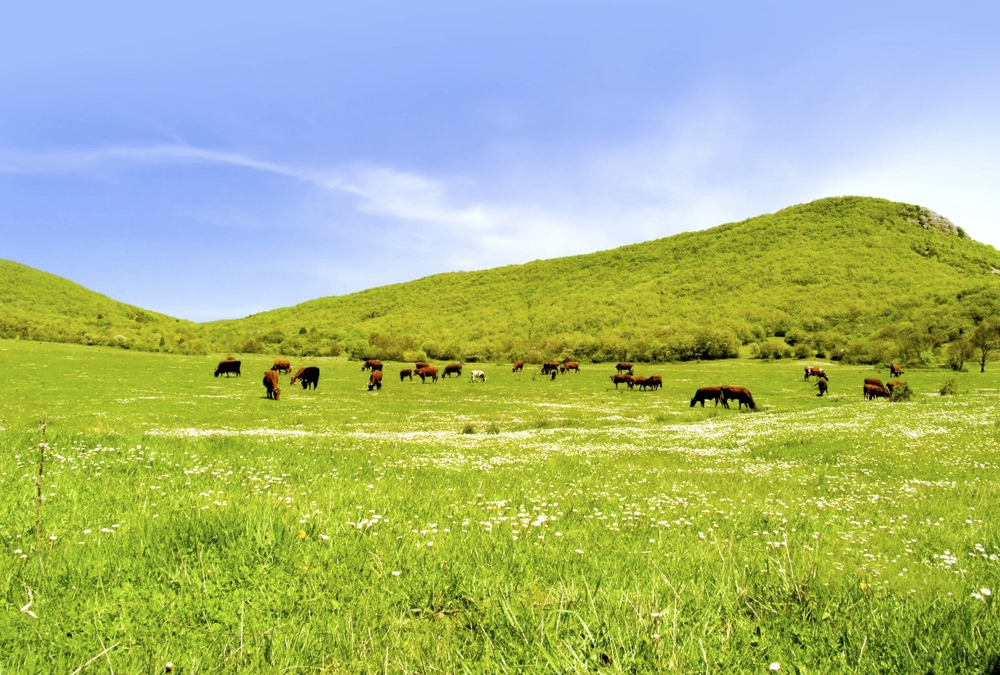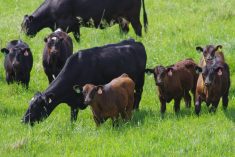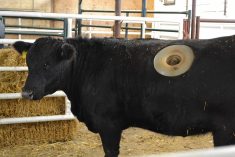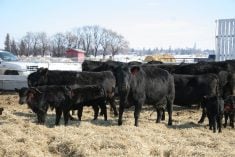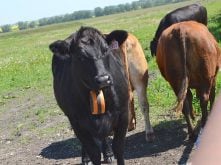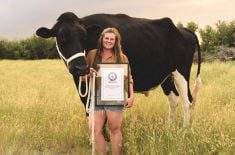What is the real value of soil carbon? And how much carbon do cattle producers store in the soil?
These are two questions that will be answered in a carbon soil mapping project conducted by researchers from the universities of Alberta and Saskatchewan.
“The reason for the project is that carbon in the atmosphere is contributing to climate change,” said project co-lead Cameron Carlyle, a U of A associate professor in rangeland ecology.
Read Also
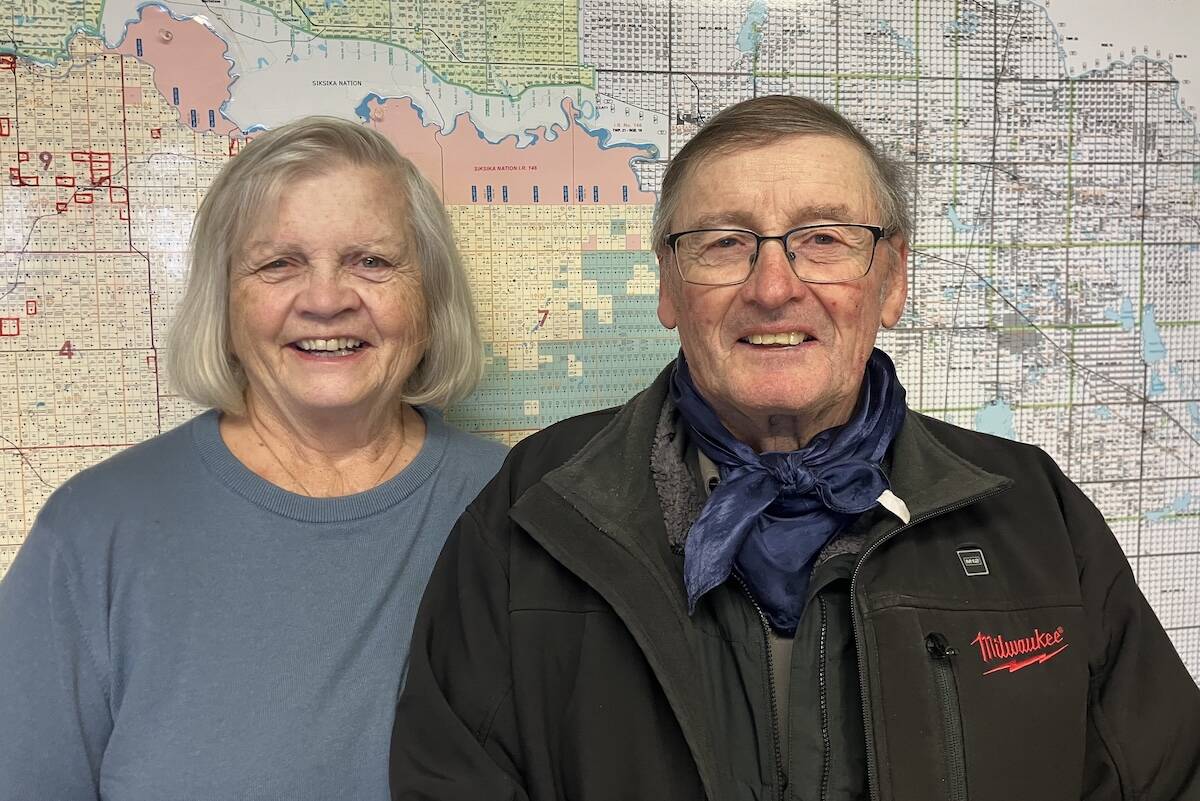
An unbelievable tale of a lost engagement ring
After nearly 50 years, a southern Alberta farmer finds her wedding ring in an unusual place.
Western Canada has “vast amounts of forages” on both native and tame pastures, and they store a lot of carbon. But how much and what management practices increase levels the most are not well-known.
Other carbon mapping studies have been small, haven’t covered a lot of geography and haven’t considered a broad set of producer’s management practices, said Carlyle.
The new five-year, $3.2-million study will be the largest ever, covering eight million hectares (20 million acres) of land across southwestern Saskatchewan. Researchers will collect and analyze soil cores from about 400 locations.

“One of the troubles in the past is that projects have been smaller in scope,” said Carlyle. “This one will be comprehensive and will allow for presenting a full range of land management options to producers so they can make those decisions around carbon storage and forage production.”
The researchers will look at several factors, including natural variation at locations, different soil types and eco-regions.
“We’re not just measuring soil carbon, we’re going to measure the quantity and quality of forage so we can get a better understanding of that relationship between soil carbon and forage value,” said Carlyle.
“We anticipate that there should be a positive relationship because as soil carbon content goes up, that usually means there are more nutrients in the soil.”
Soil with more nutrients creates forage that is more nutritious as well as having an increased ability to absorb and hold water, he added.
Once the samples have been collected, the research team will interview producers about their management practices.
“That way, we will be able to identify management practices at particular locations and we can figure out what the best practices are for keeping carbon in the soil,” he said.
Though the project is taking place in Saskatchewan, Carlyle said the results will be applicable to Alberta and Manitoba.
The data generated by the study may also be beneficial for the reputation of the prairie cattle sector.
“The beef industry is criticized for the enteric methane emissions that come out of cattle that contribute to atmospheric greenhouse gases, but the carbon that is being held in soils in these perennial forage systems and the additional carbon that is being sequestered is not accounted for,” he said.
“Having cattle on those landscapes that are providing revenue and helping to prevent their cultivation is important.”
That’s a view shared by the other leader of the project, the U of S dean of the agriculture department.
“Soil carbon sequestration is one of many ways that agriculture can be part of the solution for climate change,” Angela Bedard-Haughn said in a release.
“This project will research what drives soil carbon dynamics under pasture and forage … How much is stored? Where? Why is there more here versus there? And how long is it likely to stick around?”
Finally, the study could help pave the way for producers to receive credits, such as through carbon offset protocols, for the carbon they store.
The research could potentially be used to identify baseline values for carbon storage and help identify management practices that would help a producer to put more carbon in the ground, said Carlyle.


